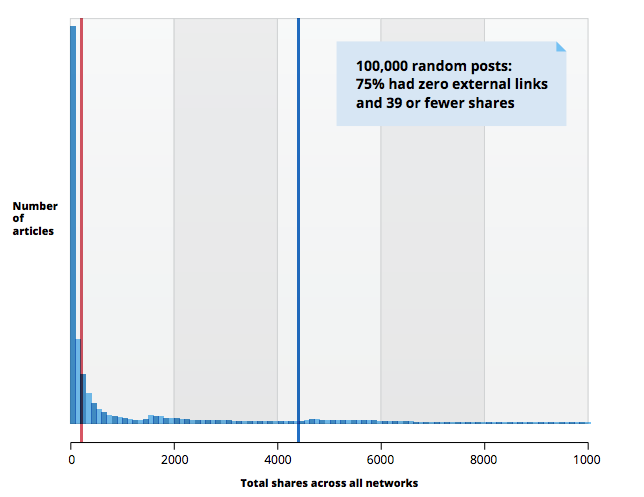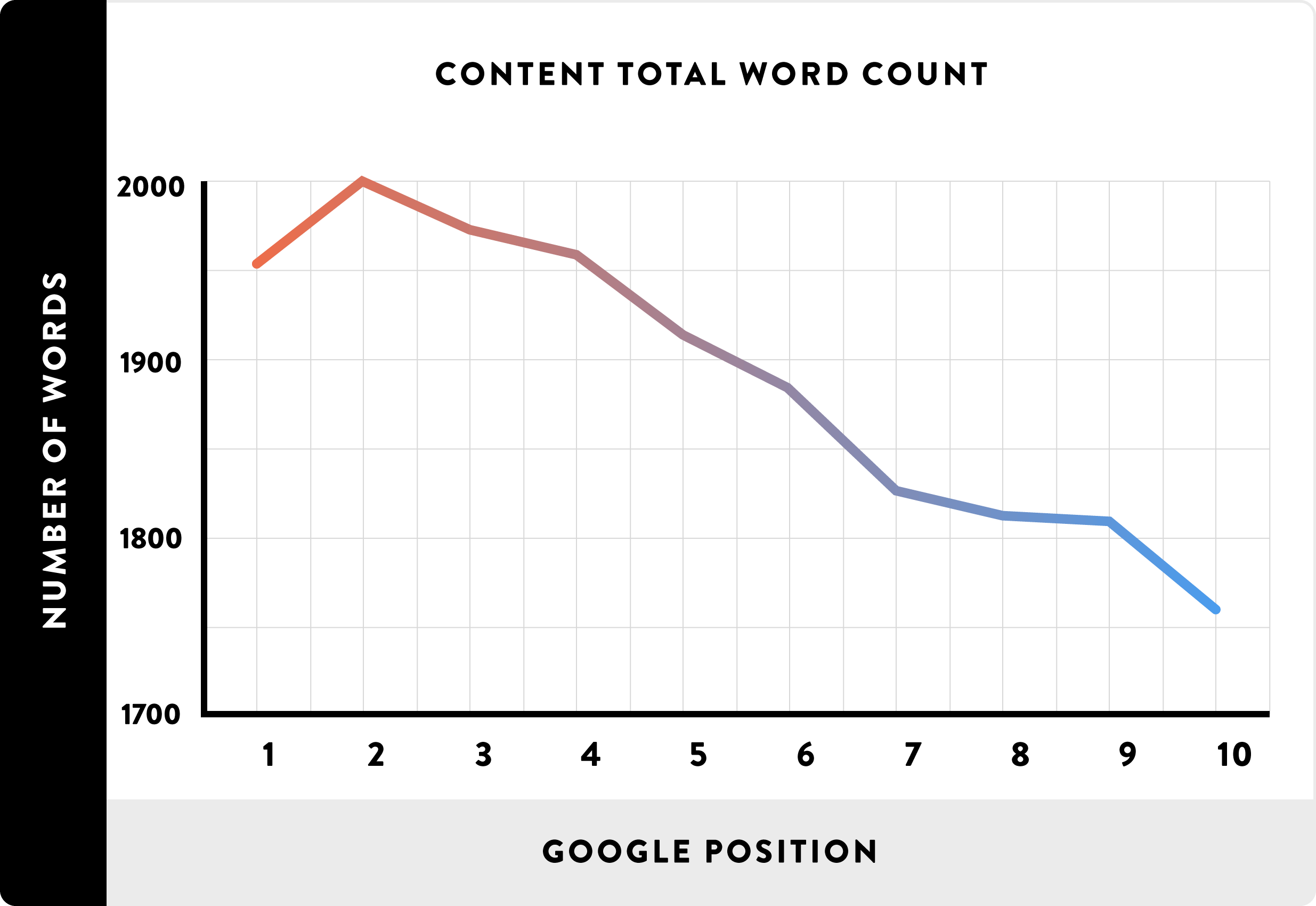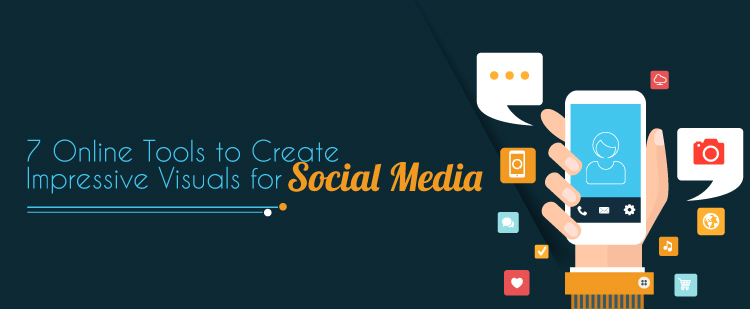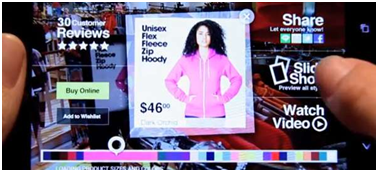Every marketer is jumping into content marketing to succeed in digital marketing. But why is that out of millions of blogs published every day only few become popular. It is rare that a blog becomes popular on social media and attracts tons of traffic.
Yet, there are some sites that do it day after day. What is it that sets their content apart? The answer is anchor content or anchor text. In this blog we will look at anchor content and why it is the foundation of content marketing success. We will also share tips to create anchor content for your business.
What is Anchor Content?
Anchor content is a piece of content that drives huge amount of traffic because of its uniqueness. It is often a comprehensive guide on a problem that your target audience is looking for. It is well researched and offers an in-depth perspective that no one on the internet is offering.
It attracts lots of visitors because it solves real questions that readers have. It is a piece of quality content that can drive more traffic than hundreds of sub-par blog posts. In this essence it is the cornerstone of successful content marketing.
Why Anchor Content is Important?
Ranking high on Google is difficult enough. This is especially true if you are targeting a competitive keyword. Going head to head with bigger companies that have been posting for ten years is only going to waste your resources. You will need thousands of links to your content before you show even close to top results. Anchor content is the way that can ensure you a place over your competitors.
Getting shares and external links for your content is another task that most marketers fail at.
Moz and Buzzsumo conducted a study of 1 million articles and found that 75% of articles had 0 shares and insignificant number of external links. It is indeed hard to grab attention on the internet where millions of blog posts are published every day.
Your content marketing requires the momentum of anchor content for it to stand out. Anchor content differentiates you among the overload of information that search engines throw up. It earns backlinks as a useful resource and establishes your authority online.
Here are some examples and ideas for anchor content that work for businesses.
Tips to Develop Anchor Content
Type of Content
Certain type of posts gets more attention than others. Step by step how-to posts are great for large number of audience looking for solutions.
People want to quote experts in their industry. Hence, industry experts’ round up interview are other type that gets lots of backlinks.
Statistics and research results are another type that qualifies as anchor content. If you can conduct studies in your industry and publish results, you will have unique content that everyone wants to link to. If that is not possible currently you can always bring all important industry statistics in one post that will be extremely valuable.
For example, we often link to Hubspot’s Marketing Statistics as it is a valuable resource in content marketing industry.
You can also play around with visual media such as videos, infographics and listographics to give a unique twist to your content.
Word Limit
A 2016 study by Backlinko found that the average word count of Google first page result was 1,890 words.
This is especially true for anchor content as it is in-depth information that touches every part of the topic. In general, long form posts do better.
Remember; do not worry about the word count as long as the topic is being covered in best possible way. The value of content is most important.
Fresh Perspective
It is essential to differentiate your anchor content by giving it your own voice. Find a fresh perspective and new angle to the same information that everyone is talking about. Look for an angle to the topic that is not showing up in top results and then write a data backed, long , in-depth post on it.
This is especially true for anchor content as it is in-depth information that touches every part of the topic. In general, long form posts do better.
Remember; do not worry about the word count as long as the topic is being covered in best possible way. The value of content is most important.
Do not be afraid to go against the popular opinions. Opinionated content builds authoritative reputation and are more likely to be shared.
Collaboration
Anchor content cannot be written in two days. It usually requires years of industry expertise and a thorough research of articles currently out there.
In case you do not have an industry expert with required experience (or they are just be too busy to put in the hours) , you can always collaborate with guest bloggers or industry specific content writers. This will also give you the support of their followers and earn links to others blogs.
Similarly, you can contribute to others blogs with your expert content, linking it back to your anchor content.
Conclusion
You can start off with analyzing your current posts to find opportunities for anchor content. What are the posts that get maximum traffic? Which is your most shared blog post?
After putting in so much effort on anchor content, do invest some time in sharing it on social media and running back-linking campaigns for it. Once the post starts getting momentum you will see your domain authority rise and even other content on your site getting more traffic.






